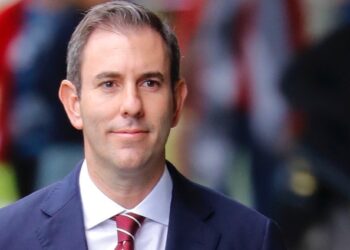The Government "lost its way" planning for a simple low-cost MySuper product to replace default products, according to chief executive for Quadrant Super Wayne Davy.
Davy said including "bells and whistles" like income protection in product design broadened the scope of MySuper to converge with what industry funds already offered.
"The whole intention of MySuper in the first place – which seems to be lost to some extent – was to have a simple, low cost product, so why have all your features in that product?" he said.
Quadrant Super will offer a "stripped-down" MySuper product, with the option to upgrade total and permanent disability insurance or avoid premiums with optional income protection.
Davy said superannuation funds couldn't have both a low cost, no frills MySuper product and a MySuper product laden with features – and funds would respond differently to designing it.
He said the Australian Prudential Regulation Authority's requirements for draft applications followed by a cooling-off period before formal submissions were due in January were fair, but tight in terms of timeframe.
"Ultimately, if the reforms achieve lower cost then that's a good thing, but how it all actually gets implemented – the proof is in the pudding," Davy said.




